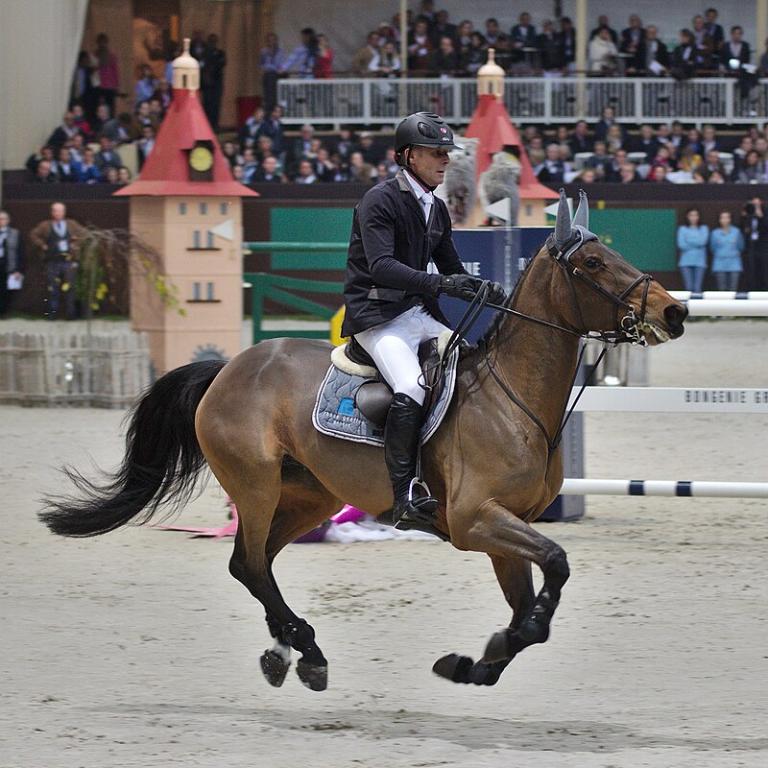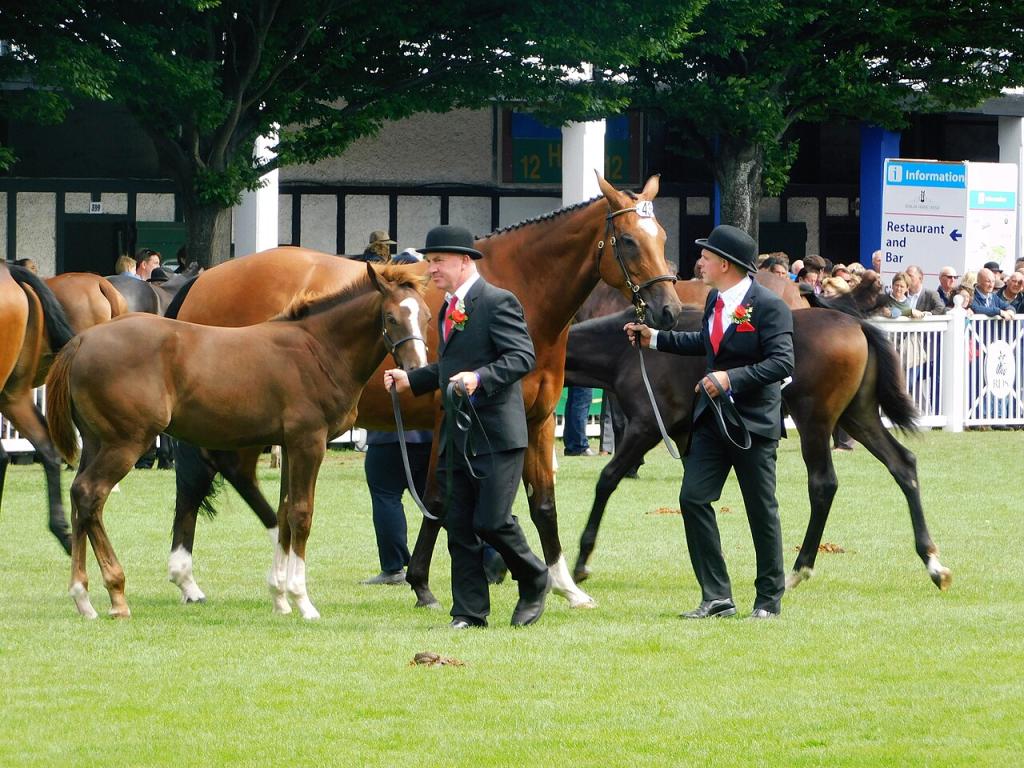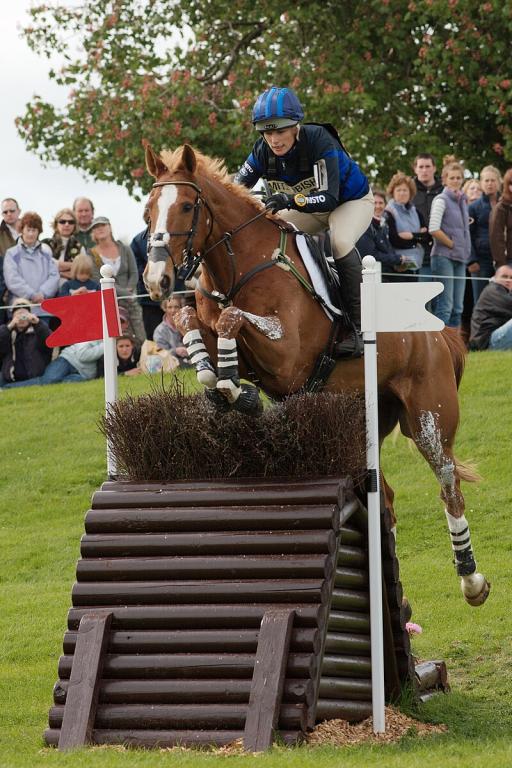
Continent: Europe
Country: Ireland
Weight: 500 – 600 kg
Height: 160 – 170 cm




The Irish Sport Horse, also known as the Irish Hunter, originates from Ireland.
It is the result of a cross between the Thoroughbred, bringing speed, elegance, and athletic ability, and the Irish Draught, the national horse breed known for its strength, hardiness, and docile temperament. This combination gave rise to a versatile half-bred horse.
It is capable of excelling both in fox hunting its original purpose and in modern equestrian disciplines such as show jumping, dressage, and eventing.
The Irish Sport Horse is primarily bred in Ireland, where it benefits from a long tradition of fox hunting and equestrian sports. The country’s lush landscapes and mild climate provide ideal conditions for raising enduring and resilient horses.
Cultural and geographical proximity has led to a strong presence in the UK, especially in England and Northern Ireland, where Irish Hunters are in high demand for eventing and hunting.
Thanks to its sporting qualities, the Irish Sport Horse has expanded across Europe, the United States, Canada, and Australia, where it competes at high levels in Olympic disciplines.
The Irish Sport Horse is the result of the union between the Thoroughbred, which brings speed, flexibility, and athleticism, and the Irish Draught, known for its strength, hardiness, and docile temperament.
Thanks to this combination, it has become a major genetic reservoir for producing horses used in show jumping, eventing, and dressage. Many international stud-books use its bloodlines to improve stamina, conformation, and reliability in their sport horse breeds.
Sought after by both professional riders and amateurs, the Irish Hunter offers a solid and versatile genetic base, securing its place among the top European sport horse breeds.
The Irish Sport Horse has its roots in Ireland, where breeders sought a horse capable of meeting the demands of fox hunting: jumping hedges and ditches and covering long distances over rough terrain. The cross between the Thoroughbred and the Irish Draught quickly proved ideal.
By the 20th century, this type of cross was increasingly sought after, giving rise to a horse known for its versatility and sporting ability. The breed gained official status with the establishment of a dedicated stud-book, enabling the selection of the best breeding stock.
Over the decades, the Irish Sport Horse established itself as a top-level athlete. It particularly shines in eventing, where it is one of the most successful breeds, but also excels in show jumping and dressage. Today, it is seen as a symbol of Irish excellence in the sport horse world.
The Irish Sport Horse is known for its natural calmness and reliability. Inheriting the docile nature of the Irish Draught, it makes for a trustworthy partner, even in demanding environments.
Thanks to its Thoroughbred influence, it displays lively energy, responsiveness, and a strong sense of initiative—qualities essential for high-level disciplines.
Adaptable for both amateur riders and professionals, the Irish Hunter combines gentleness in daily handling with power and drive in competition. This makes it equally suitable for pleasure riding and Olympic-level sport.
"The Irish Hunter is both calm and bold, gentle in hand but fiery in action a dependable partner for both leisure and high-level sport."
The Irish Sport Horse enjoys strong global appeal, particularly in show jumping and eventing, where it frequently ranks among the top-performing horses. Its growing reputation continues to attract foreign breeders and international riders.
Managed by Horse Sport Ireland, the stud-book maintains an open breeding policy, occasionally integrating Thoroughbred or Warmblood blood to retain sporting qualities while adapting to the evolving demands of equestrian competition.
Thanks to its versatility, reliability, and longevity, the Irish Hunter holds a prominent position in the sport horse world. Its role as a genetic reference and its increasing popularity ensure the breed has solid future prospects, both nationally and internationally.
The Irish Sport Horse benefits from the bone strength and general hardiness of the Irish Draught. It is a resilient, hard-working horse, capable of handling demanding activity.
Like most horses used in jumping or eventing, it may be prone to joint issues, tendon injuries, or premature wear due to the intensity of training and competition.
The breed does not have any widely prevalent hereditary diseases. Stud-book management ensures a healthy level of genetic diversity, helping to reduce the risk of inbreeding.